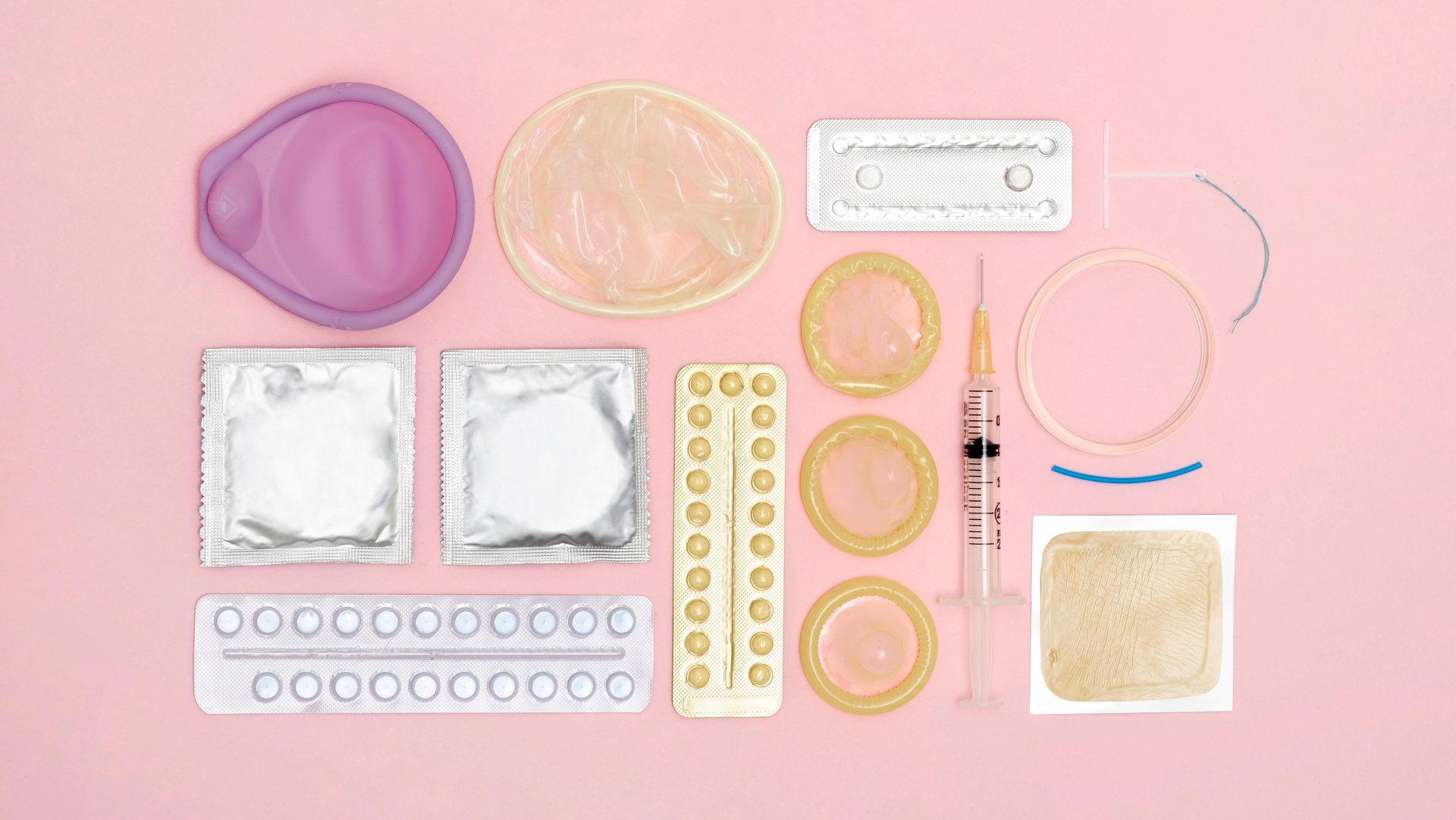High school kids in the US are having a lot less sex than they did 10 years ago
The latest Youth Risk Behavior Survey portrays a generation that is not so interested in sex

American teens are remarkably less interested—or at any rate, less engaged—in sex today than they were a decade ago. That’s a pretty clear takeaway from the latest Youth Risk Behavior Survey (YRBS) published by the US Centers for Disease Control and Prevention (CDC).
Suggested Reading
The survey, which polled 17,508 students in 152 schools, found that 30% of respondents had ever had sex. That’s down from 47% in 2011.
Related Content
While these results could in some ways be influenced by the covid-19 pandemic, the trend began building well before then. All recent YRBS reports (the survey is published every odd number year) have registered a decrease in sexual activity. However, this change has not come with better safe sex behaviors.
Less sex, and less safe
Engagement in sex by YRBS respondents has been declining since the first survey was conducted in 1991. Back then, more than 54% of students reported having had sex; 30 years later, that percentage is nearly halved.
The percentage of students declaring themselves sexually active, defined as having had sex with a partner within the previous three months, has declined dramatically, too.
More girls than boys are having sex
The survey also breaks down the responses by ethnicity, gender, and sexual orientation. It found that girls (31%) were slightly more likely to ever have had sex than boys (29%), reversing the trend from 2011, when boys (49%) were more likely to be sexually experienced than girls (46%). Female students in the most recent survey were also more likely to describe themselves as sexually active: 23% versus 19% of male students.
Only 11% of Asian students said they had ever had sex, compared to a range of 29% to 34% for all other ethnicities. This is the group that experienced the most drastic reduction, down from 30% in 2011. Meanwhile, LGBTQ students were more likely to have had sex (34%) compared to their heterosexual peers (29%).
The CDC categorizes sexual activity among high school students as risky behavior, so it considers the reduction a positive trend. Yet other aspects of the YRBS report painted a far more troubling picture, showing an increased prevalence of depression and suicidal thoughts among high school students, and an increase in sexual violence.
